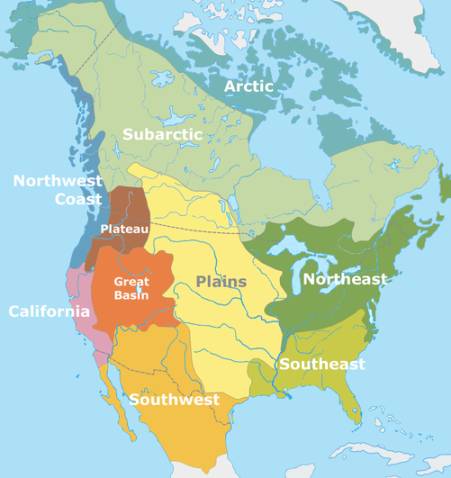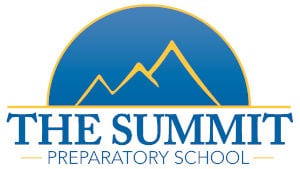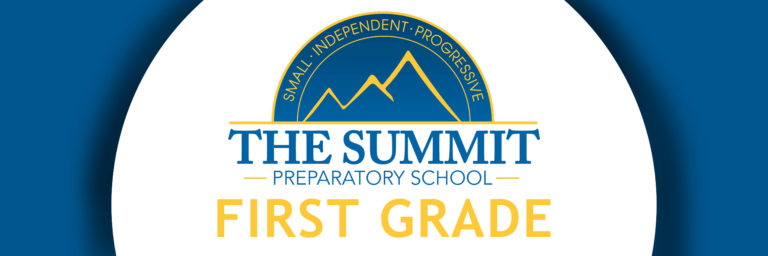 First grade students are delving deeper into second trimester social studies, learning about additional Native American tribes. Prior to winter break, first graders learned about the Seminole of the Southeast, and returning from the break, they have been learning about the Sioux of the Plains. Student learning about each tribe is included below.
First grade students are delving deeper into second trimester social studies, learning about additional Native American tribes. Prior to winter break, first graders learned about the Seminole of the Southeast, and returning from the break, they have been learning about the Sioux of the Plains. Student learning about each tribe is included below.
Seminole
Summit first graders have discovered the Seminole, whose name means wanderer or runaway, were part of the Creek people who settled in Florida. They have learned that the Seminole often wore colorful clothing, many beaded necklaces, and ceremonial headdresses. Like the Iroquois, the Seminole planted corn, beans, and squash. After assembling and reading a “Hominy How To” students tried a favorite Seminole food. Most, however, didn’t care for it. Finally, students learned about Seminole homes. Living in swampy areas, traditionally, the Seminole built wooden huts above the ground called chickees. Chickees didn’t have walls, which allowed cool breezes to flow through. Students created their own chickee diagrams complete with “palmetto leaf” and grass roof tops.
Sioux
Summit first graders are learning about a third Native America tribe, the Sioux of the Great Plains. Students have discovered the Sioux Nation is comprised of three main tribes: the Lakota, the Nakota, and the Dakota. Integrating mapping skills they have identified the Great Plains as being located west of the Rocky Mountains and east of the Mississippi River. They have learned the buffalo was extremely important to the Sioux, and they used all of its parts (skin, hair, bones, flesh, and sinew) for either food, shelter, clothing, tools, or weapons. They learned about wasna, also called pemmican, which is beef and berries. Students enjoyed sampling buffalo jerky. Finally, they have learned about parfleche, or untanned animal hide used to make bags or shields, and tipis, conical shaped homes made from animal hide.
Coming up, students will begin learning about how Native Americans of the Great Plains used pictographs, or picture writing as a form of communication. Students will have the opportunity to translate and then create their own pictograph stories and construct tipis with pictographs.
If you are viewing this blog post in your email, you may not be able to see the picture gallery below. Please click the post to go to the actual blog website. Look for additional photos and updates of Sioux related projects when we return next week!


